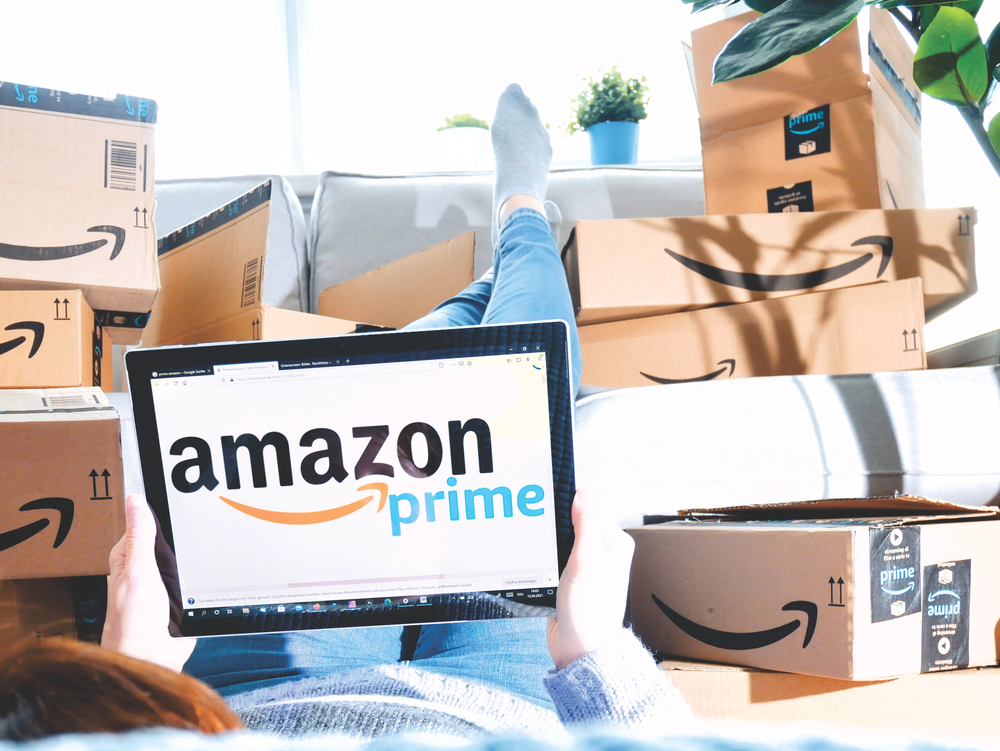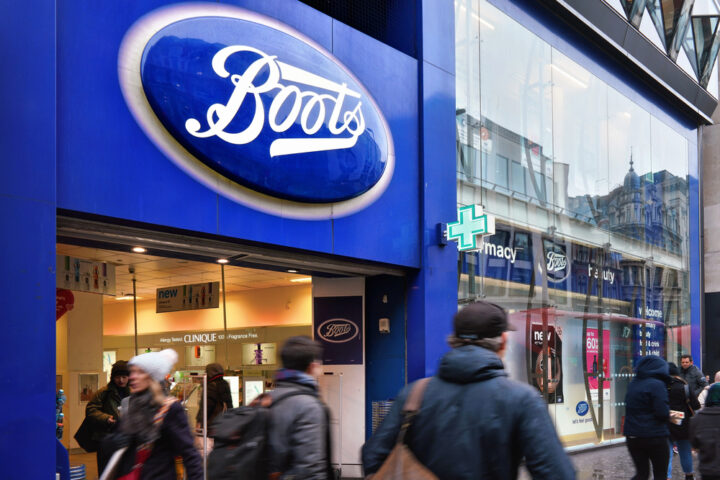Over the past decade, Amazon has transformed from an online bookstore to one of the most potent forces in global commerce. Yet, beyond its retail dominance, Amazon is quietly reshaping a new frontier retail media networks. While many consumers may not even realise it, the future of digital advertising is being rewritten, and Amazon is at the heart of it. Brands, agencies, and even traditional retailers are watching closely as Amazon sets the standards and paves the way for how advertising will work in the retail world.
The Rise of Retail Media Networks
Retail media networks (RMNs) refer to platforms where retailers use their websites, apps, and in-store assets to offer advertising space to brands. Instead of relying solely on Google or Facebook, brands can now advertise directly where shoppers are actively browsing and buying. This direct link to purchase behaviour makes retail media highly valuable. In recent years, major players like Walmart, Target, Boots, and Tesco have launched their own retail media platforms, following the path Amazon first forged.
Amazon, however, remains several steps ahead. Its advertising division generated over £40 billion in revenue globally in 2024, making it the third-largest digital ad player behind Google and Meta. But what sets Amazon apart is not just its size — it is the sophistication of its model. Through innovations like Amazon DSP, Sponsored Products, and video advertising on Prime Video, Amazon has seamlessly woven advertising into its shopping experience without alienating customers.
Amazon’s Unique Advantage: First-Party Data
The real strength behind Amazon’s retail media dominance lies in its unparalleled access to first-party data. Every search, click, purchase, and review feeds into a treasure trove of consumer insights. Unlike social media platforms that often rely on inferred data, Amazon’s insights are based on actual shopping behaviour, which is far more valuable to advertisers.
With increasing restrictions around third-party cookies and growing concerns about online privacy, first-party data has become the new gold standard. Amazon’s ability to offer advertisers detailed targeting based on real purchase history puts it miles ahead of competitors. Brands can now reach customers at the exact moment they are ready to buy, creating better campaign efficiency and higher returns on investment.
This rich, consented data ecosystem is what every other retail media network aspires to build — but few can match Amazon’s scale or depth.
Expanding Beyond the Marketplace
While most people associate Amazon ads with product listings and search results, the company’s ambitions stretch much further. Through Amazon DSP (Demand Side Platform), brands can run display and video ads across Amazon-owned properties and a wider network of websites and apps. Additionally, new advertising options are emerging on Prime Video, Amazon Freevee, and even Alexa voice searches. For brands aiming to navigate this expanding ecosystem effectively, partnering with an experienced Amazon PPC Agency can provide the expertise needed to manage campaigns, optimise performance, and maximise returns across Amazon’s complex advertising platforms.
This expansion positions Amazon not just as a retailer, but as a full-fledged media company. Brands that once viewed Amazon only as a sales channel must now treat it as a critical part of their entire marketing mix. Whether it is upper-funnel awareness or lower-funnel conversions, Amazon offers a closed-loop marketing ecosystem that is hard to ignore.
Amazon’s Influence on Other Retailers
Amazon’s success has sparked a wave of retail media investment from other major retailers. Tesco launched Tesco Media and Insight, powered by Dunnhumby. Boots ramped up its Boots Media Group. Sainsbury’s and Asda are also investing heavily in their media capabilities. The logic is straightforward: retailers are realising that their data and digital shelf space are highly monetisable assets.
However, these newer retail media platforms often face challenges that Amazon has already overcome. Building the technology infrastructure, creating standardised ad formats, ensuring privacy compliance, and delivering consistent measurement are complex tasks. Amazon’s early investments and relentless focus on customer experience give it a continuing edge.
Many retailers are trying to collaborate by forming alliances, but Amazon’s integrated model makes it harder for fragmented networks to compete effectively. As Amazon continues to innovate quietly, it cements its leadership while others are still learning to walk.
The Challenges Ahead for Amazon
Despite its leadership position, Amazon faces challenges too. Regulators in the US, UK, and Europe are increasingly scrutinising its advertising practices for anti-competitive behaviour. Concerns about data privacy, market dominance, and self-preferencing could lead to tighter regulations. Furthermore, advertisers are demanding more transparency around pricing, auction mechanics, and campaign performance metrics.
Amazon must balance aggressive growth with maintaining trust among brands, consumers, and regulators. How it navigates these pressures will determine how much of the retail media future it ultimately controls.
Nonetheless, Amazon’s strategy of embedding advertising into every layer of its ecosystem — from Prime Day promotions to Alexa recommendations- gives it resilience that few others can match.







